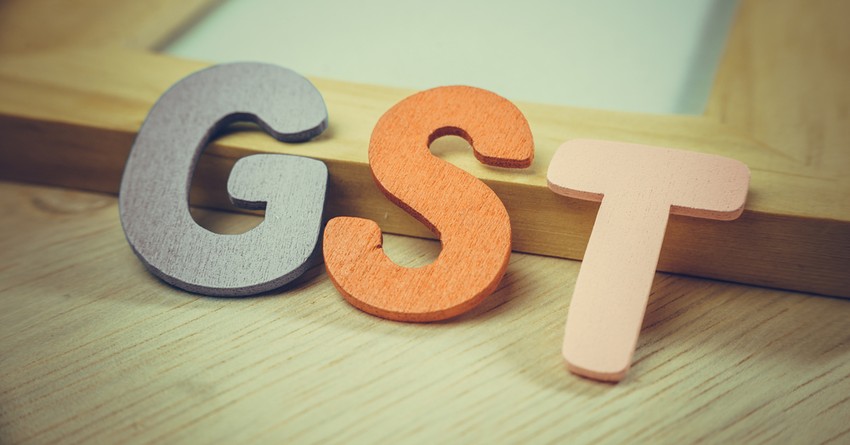Goods and services tax (GST) is applied to most goods and services sold in Australia, taxed at a rate of 10%.

If you run a business, you are likely to have GST obligations, such as claiming credit for any GST included in the price of goods and services that have been purchased for your business. However, many businesses have expenses that are used privately as well as for business purposes. This means that a business must divide the GST on these costs between private and business use.
The ATO allows an annual adjustment for these expenses when it comes to determining exactly how much something is used for business or private purposes. Common types of purchases that can be made for both business and private use include:
•Home office costs/home power use.
• Home telephone and internet costs.
• Motor vehicle purchases and running costs.
• Computers and other electronic devices.
When a business pays for goods or services that can be used in business but also privately, the expenses must be apportioned to ensure that only the business part of the said expense is claimed. As this process can be extremely tricky, the ATO allows certain businesses to simplify the accounting for GST between the business and private use by making an annual apportionment election under Division 131 of A New Tax System (Goods and Services Tax) Act 1999. This means that a business can claim the full amount of GST on the payment, that includes both the business and private use components during the financial year, on the relevant business activity statements (BAS).
At the end of the financial year when the business’ income tax return is being finalised, adjustments can be made to account for the reduction in the GST amount for private use that can be claimed back. The adjustment will either increase the amount of GST that businesses are liable to pay or reduce the GST refund for the tax period the adjustment is made in.
Please contact our office should you have any queries in respect of the above.
The team at TAS.
This publication is for guidance only, and professional advice should be obtained before acting on any information contained herein. Neither the publishers nor the distributors can accept any
responsibility for loss occasioned to any person as a result of action taken or refrained from in consequence of the contents of this publication. Publication date April 2019.
